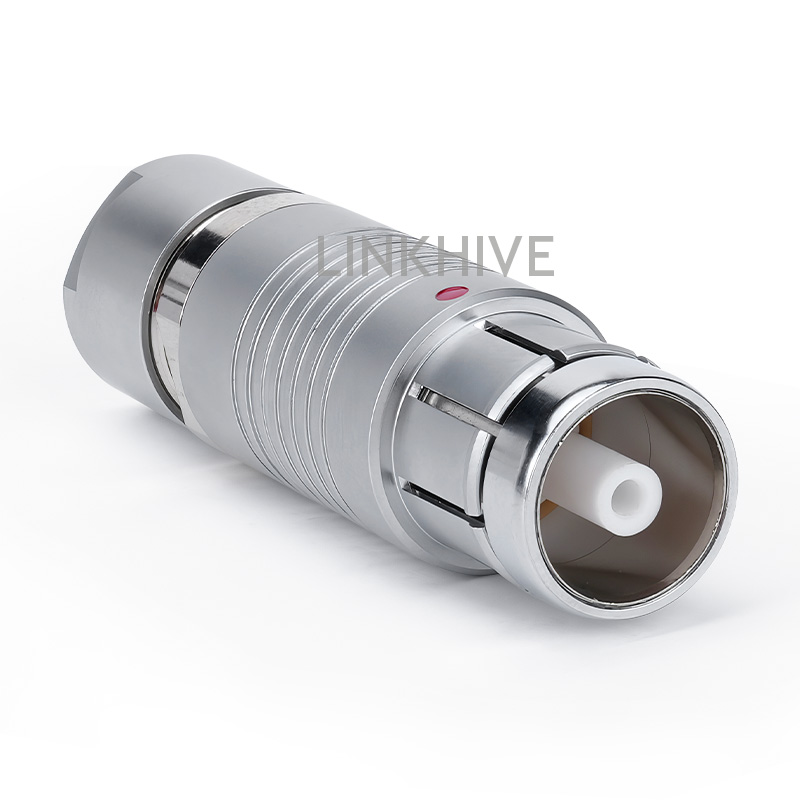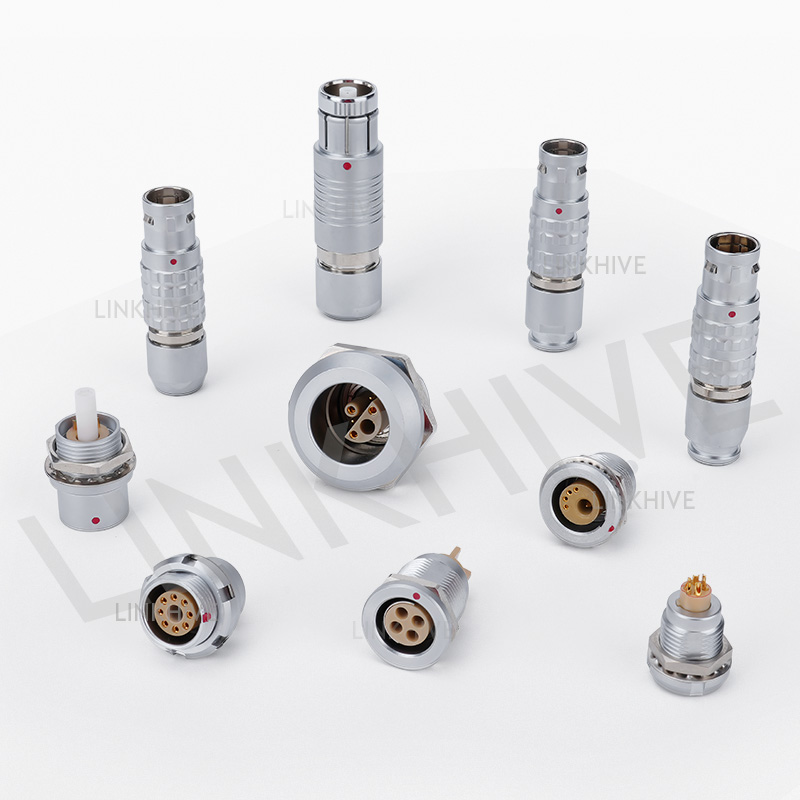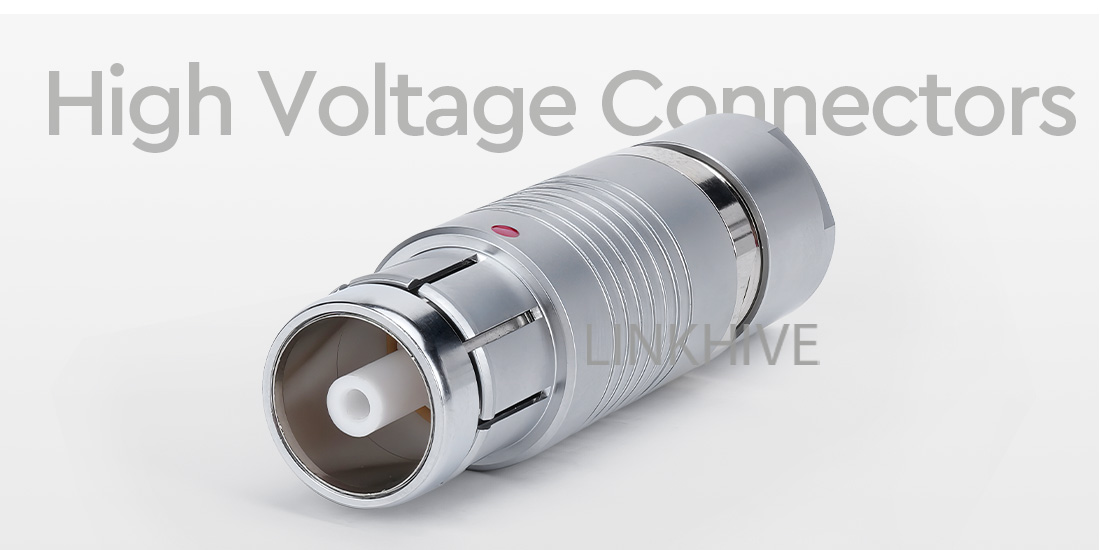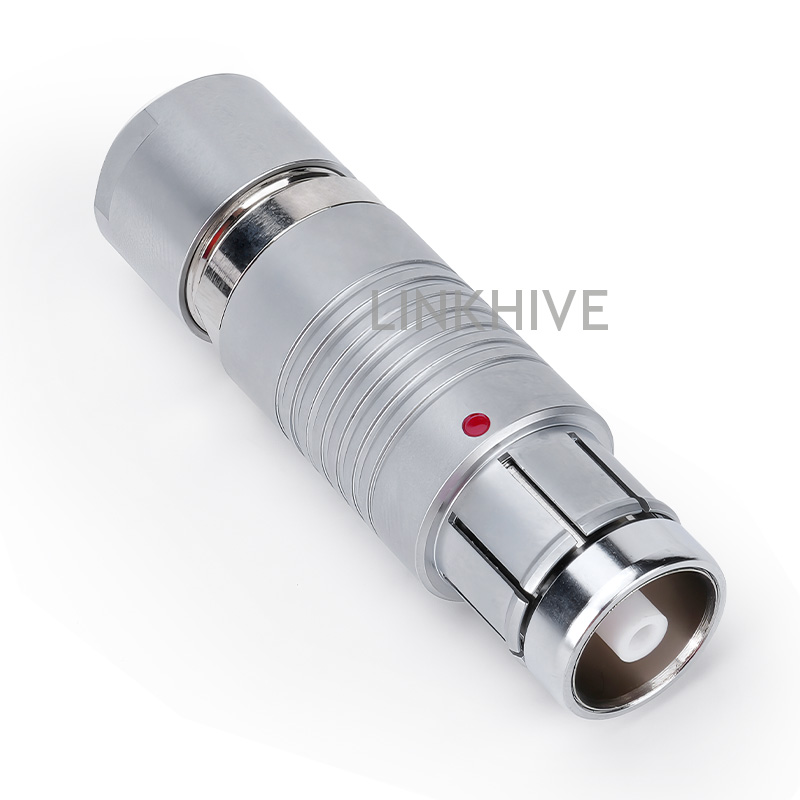High-voltage connectors play a vital role in modern industrial and technological equipment. They provide stable electrical connections for electrical equipment and systems and can withstand higher voltages. As electrical equipment and systems become increasingly complex, especially in the fields of power, communications, energy, and automobiles, the demand for high-voltage connectors continues to increase. They not only need to withstand the pressure of high voltage, but also provide reliable electrical connections under extreme conditions.
This article will focus on the question of "What are high-voltage connectors" and discuss in detail the definition, design requirements, working principles, technical parameters, material selection, structural design and other aspects of high-voltage connectors to provide readers with a comprehensive understanding.

What are high-voltage connectors?
A high-voltage connector is a connector used to connect electrical equipment, systems or components, which is specially designed to withstand working environments with a higher voltage range. Typically, high-voltage connectors are used in systems with a rated voltage of more than 1000V, and they can achieve safe and stable electrical connections under high voltage environments. High-voltage connectors are widely used in various fields that require high voltage transmission, such as power transmission equipment, electric vehicles, rail transportation, wind power generation, nuclear power generation, etc.
The key role of high-voltage connectors is to ensure that electrical connections will not experience electrical faults such as short circuits, arcs, leakage, etc. under high voltage conditions, thereby ensuring the stability, safety and reliability of the system. In order to achieve this goal, high-voltage connectors have strict requirements in terms of design, material selection, structure, insulation performance, etc.

Design requirements for high-voltage connectors
The design of high-voltage connectors involves many aspects. First of all, it is necessary to ensure that they can work stably for a long time under high voltage currents, while preventing the occurrence of dangers such as electrical faults or fires. The following are the main requirements in the design of high-voltage connectors:
1. Insulation performance
Insulation is one of the most critical design requirements for high-voltage connectors. Connectors need to use high-quality insulating materials to ensure that there will be no problems such as electric shock, arcing or leakage under high voltage. The insulating materials of high-voltage connectors usually need to have the following characteristics:
● High dielectric strength: that is, the ability of insulating materials to withstand higher voltages. Insulating materials must be able to withstand high voltage currents without breakdown or failure.
● Good thermal stability: Insulating materials can still maintain stable performance under high temperature environments.
● Anti-aging ability: High-voltage connectors are often exposed to harsh environments, and insulating materials need to be UV-resistant, chemical-resistant and aging-resistant.
Common insulating materials include polytetrafluoroethylene (PTFE), silicone rubber, epoxy resin, polyimide, etc.
2. Conductive performance
The conductive part of the high-voltage connector usually uses highly conductive materials to reduce the resistance of the current when it passes through the connector. The most commonly used conductive materials are copper and silver, which have low resistance and good conductivity, can ensure smooth current transmission and reduce power loss.
In order to increase the reliability and corrosion resistance of the connector, the conductive part is usually silver-plated or gold-plated. This treatment not only improves the conductivity of the connector, but also prevents the conductive part from being oxidized, ensuring the long-term stable operation of the connector.
3. Structural design
The structural design of the high-voltage connector should take into account the voltage, current carrying capacity and connection method. High-voltage connectors are usually composed of plugs, sockets, contact points, housings and insulating parts. When designing, it is necessary to ensure:
● Contact pressure: The pressure design of the contact point should be reasonable to ensure that the connector can provide stable electrical contact under high voltage and avoid electrical failures caused by poor contact.
● Protection level: High-voltage connectors usually need to have a high protection level to prevent the intrusion of water, dust and other substances, ensuring that they can still work normally in harsh environments. The protection level of the connector housing often reaches IP67 or higher, which means that it can withstand water immersion and dust intrusion.
● Vibration resistance: High-voltage connectors need to withstand vibration in some dynamic applications, so the design should take into account the stability and vibration resistance of the structure.
4. Heat dissipation performance
Under high voltage and high current working environments, the contact points of the connector may generate high heat. Special consideration should be given to heat dissipation during design to ensure that the high-voltage connector can effectively dissipate heat and prevent failures caused by overheating.
High-voltage connectors often use materials such as aluminum alloy, stainless steel or copper as the housing. These materials not only have strong electrical conductivity, but also have good heat dissipation, which helps to maintain the operating temperature of the connector within a safe range.
5. Durability
High-voltage connectors usually need to withstand a large number of plug-in and unplug operations, so their design must have high durability. The material and surface treatment method of the contact point (such as gold plating and silver plating) need to take into account wear resistance to ensure the reliability of the connector after long-term use.

How does a high-voltage connector work?
The working principle of a high-voltage connector is similar to that of other connectors, mainly to achieve the transmission of current through electrical contact. In high-voltage connectors, contact points play a vital role. They are responsible for transmitting current from one electrical device or system to another and ensuring that there is no loss or interference in the signal or power transmission process.
Specifically, high-voltage connectors achieve electrical connection through the contact points between the plug and the socket. The contact points in the connector are usually made of metal conductors (such as copper or silver) and are surface treated to improve their conductivity. Between the contact points, the insulating material ensures that the current does not leak or arc. The design of high-voltage connectors also needs to take into account the contact and conductivity between the connector and the wire to ensure that there is no overheating or voltage instability during high current transmission.
Technical parameters of high-voltage connectors
The technical parameters of high-voltage connectors include rated voltage, rated current, contact resistance, insulation resistance, temperature range, protection level, number of plugging and unplugging, etc.
1. Rated voltage and rated current
The rated voltage is the maximum voltage at which the high-voltage connector can work safely. The appropriate rated voltage is usually selected according to the needs of the application field. For example, the rated voltage of high-voltage connectors commonly used in power transmission systems can be as high as 35kV, while the rated voltage of high-voltage connectors used in electric vehicle charging systems may be between 500V and 1000V. Rated current refers to the maximum current that the high-voltage connector can safely carry, which is usually proportional to the voltage.
2. Contact resistance and insulation resistance
Contact resistance refers to the resistance between contact points. Low contact resistance helps reduce energy loss and improve electrical efficiency. Insulation resistance is the resistance of the connector's insulating material. It is usually required to have a high insulation resistance in high-voltage environments to avoid electrical leakage.
3. Temperature range and protection level
The temperature range of high-voltage connectors is usually designed to be -40°C to +125°C to adapt to extreme environments. The protection level refers to the protection ability of the connector in different environments. The common high-voltage connector protection level is IP67, which is waterproof and dustproof and adaptable to harsh environments.
4. Plugging and unplugging times
The plugging and unplugging times refers to the number of times the connector can be plugged and unplugged while ensuring performance. High-quality high-voltage connectors usually have a high plugging and unplugging time and can support thousands or even tens of thousands of plugging and unplugging operations.

Material selection for high-voltage connectors
The material selection for high-voltage connectors directly affects their electrical performance, mechanical performance and durability. Common materials include:
● Conductive materials: Copper materials that are usually treated with copper, silver or gold plating are used. These materials have excellent conductivity, anti-oxidation and anti-corrosion capabilities.
● Insulating materials: Commonly used insulating materials include polytetrafluoroethylene (PTFE), silicone rubber, epoxy resin, polyimide, etc. These materials can withstand high voltage and high temperature and have strong electrical insulation properties.
● Shell material: The shell usually uses aluminum alloy, stainless steel or plastic. These materials not only have strong mechanical strength, but also can effectively dissipate heat and extend the service life of the connector.
Founded in 2010 and headquartered in Dongguan, China, LINKHIVE is a professional connector manufacturer and supplier, specializing in high-quality push-pull connectors, M circular connectors, RF coaxial connectors, waterproof connectors, and more. Our factory spans 3,000 square meters and utilizes advanced production technology to ensure reliable performance. With global certifications such as UL, CE, RoHS, and ISO9001:2015, our wholesale and customized solutions cater to various industries, including medical, industrial, and telecommunications.


